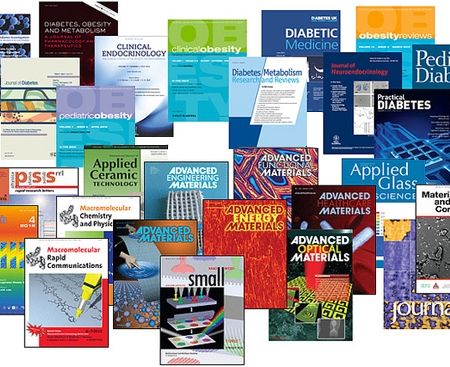توضیحات
عنوان انگلیسی:Curvature combs and curvature plots
تعداد صفحات مقاله انگلیسی :3
سال انتشار :2016
کد مقاله:4
نشریه :الزویر
مجله:Computer-Aided Design
برای دانلود رایگان مقاله انگلیسی اینجا کلیک کنید
چکیده
1. Introduction Many objects in Industrial or Conceptual Design rely on an initial set of ‘‘feature curves’’. These are the essence of the shape information for the object’s appearance. For many applications, these curves are planar, for example flow lines of a ship hull or a grid of cross sections of the roof of a car. For others, they will be 3D space curves, such as the outline of a car’s hood. Either type of curve has to be ‘‘fair’’ or ‘‘pleasant’’, thus giving rise to acceptable surfaces for the object to be designed. The question arises as to what constitutes a fair curve. Most CAD systems seem to rely on some sort of curvature information for this, and the prevailing tools are curvature combs and curvature plots. A comparison of these tools is the topic of the present paper.
1. مقدمه بسیاری از اشیاء در طراحی صنعتی یا مفهومی به مجموعه اولیه ی منحنیهای ویژگی متکی هستند. این جوهر اطلاعات شکل برای ظاهر شی است. برای بسیاری از برنامه های کاربردی، این منحنی ها مسطح هستند، به عنوان مثال خطوط جریان یک کشتی یا یک شبکه از مقطع عرضی یک ماشین. برای دیگران، منحنی های فضایی سه بعدی، مانند طرح کاپوت خودرو را خواهند داشت. هر نوع منحنی باید “منصفانه” یا “دلپذیر” باشد، در نتیجه سطح سطوح قابل قبول برای شی مورد نظر طراحی شده است. این سوال مطرح می شود که چه چیزی منحنی منصفانه ای را نشان می دهد. به نظر می رسد اکثر سیستم های CAD به نوعی اطلاعاتی از انحنای آن متکی هستند و ابزارهای غالب آن، شانه ها و انحناهای انحنایی است. مقایسه این ابزار موضوع این مقاله است.



